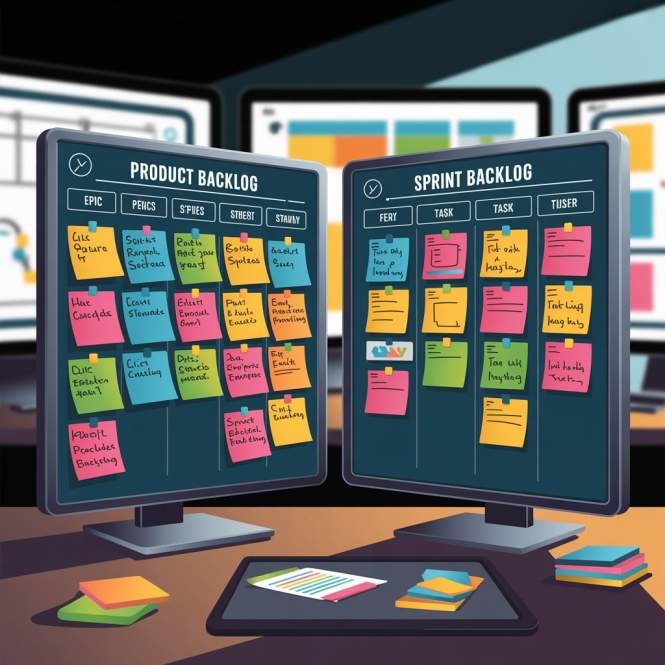

Get best deals on top courses

Accurate estimation is at the heart of any successful Agile team. But how do you ensure your team estimates stories consistently, fairly, and collaboratively? The answer: Planning Poker. In this blog, we’ll explain what Planning Poker is, why it works so well, and how you can implement it effectively in your Agile or Scrum team. Want to learn more estimation strategies and real interview scenarios? Join ourScrum Master Interview Bootcamp. Planning Poker (also called Scrum Poker) is a consensus-based Agile estimation technique used by teams to assign story points to user stories or tasks during backlog refinement or Sprint planning. It combines expert opinion, analogy, and team collaboration to make relative estimates of complexity and effort. Here’s how a typical Planning Poker session flows: The Product Owner describes a backlog item, and the team discusses the requirements and scope. Each team member selects a card representing their estimate (e.g., 1, 2, 3, 5, 8…) based on complexity. Once everyone has chosen, all cards are revealed at the same time to avoid influence. If the estimates differ widely, team members discuss why - those who chose the highest and lowest are encouraged to explain. After discussion, the team votes again. Repeat until the team reaches consensus. Planning Poker typically uses the Fibonacci Sequence: Why Fibonacci? Because it reflects increasing uncertainty with larger estimates. Other variations: T-shirt sizes (S, M, L, XL) Custom scales (e.g., 0.5, 1, 2, 4, 8…) ✔ Reduces bias - everyone votes simultaneously If your team is distributed, many tools can facilitate remote estimation: Scrumpoker Online PlanningPoker.com Miro (with Planning Poker templates) Jira plugins (e.g., Agile Poker) 🗂️ Clarify acceptance criteria before voting 🤔 Encourage everyone to justify outlier estimates 🎯 Use a reference story for better comparison 🧘 Keep the session focused but relaxed 📈 Track how estimates evolve over time for better velocity forecasting Backlog Refinement Meetings Sprint Planning Sessions Estimating new user stories Re-estimating stories after major scope changes 🚫 Dominant voices steering the vote Planning Poker is more than just a game - it's a proven Agile estimation technique that improves team collaboration, transparency, and accuracy. Want to master techniques like this and prepare for real Scrum Master interviews? 👉Join our Scrum Master Interview Bootcamp to learn hands-on with real-time Jira scenarios and case studies.📘 Introduction
🧠 What Is Planning Poker?
🛠 How Does Planning Poker Work?
1. Team Reviews a User Story
2. Each Member Secretly Selects a Card
3. Cards Are Revealed Simultaneously
4. Discuss Discrepancies
5. Repeat Until Consensus
🔢 Common Card Values
1, 2, 3, 5, 8, 13, 21, 40, 100💡 Benefits of Planning Poker
✔ Improves accuracy - multiple perspectives lead to better estimation
✔ Promotes team discussion - helps surface unknowns and risks
✔ Builds consensus - team alignment on complexity
✔ Fun and engaging - makes estimation less of a chore⚙️ Tools for Remote Planning Poker
✅ Best Practices for Effective Planning Poker
🧱 When to Use Planning Poker?
❌ Common Pitfalls to Avoid
🚫 Skipping discussions after divergent estimates
🚫 Mapping story points to hours
🚫 Estimating alone without involving the full Scrum team
🚫 Rushing through complex stories🎓 Final Thoughts
Want to Level Up Your Skills?
Trending Blogs
EXPLORE BY CATEGORY
End Of List








